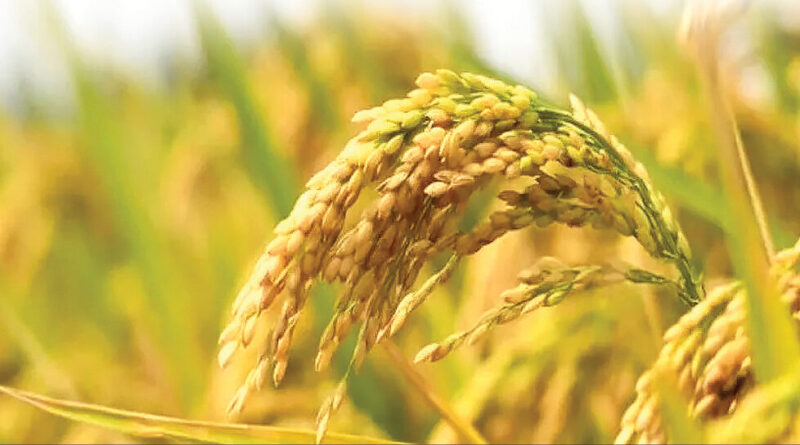Area under short duration paddy set to go up in Pb
By Vibhor Mohan
Amid concerns over water guzzling paddy crops likely to be cultivated over a larger area in the state this season, the silver lining could be that more farmers are expected to opt for the short duration paddy variety of PR 126. According to figures compiled by the agriculture department, the area under the early maturing PR 126 rose from 5.59 lakh hectares in 2022 to 11.50 lakh hectares in 2023 and this time it is likely to increase further.
During 2023, 44,852.20 quintals of certified seeds of PR 126 were made available to farmers through various seed producing agencies and this year 58,999.44 quintals of certified seed has been provided so far, said an official.
Director, agriculture, Jaswant Singh said as part of the shift in favour of short-duration paddy, PR 126 and basmati have been sown in areas where long-duration PUSA 44 was cultivated till last year.
“This season, there was hardly any paddy cultivation till June 26. The reason is that farmers were waiting to sow PR-126 or basmati. Even though there are other varieties like PR 130 and PR 131, these are medium duration and usually take 130-140 days to mature,” he said.
Another official added, “PR 126 is an early maturing rice variety developed by Punjab Agricultural University (PAU), Ludhiana which matures in about 93 days after transplanting. Due to concerns over groundwater depletion in Punjab in recent years, this variety is being preferred as it consumes 25% less water than other long-duration varieties such as Pusa 44 and yields comparable to long duration varieties.”
During the kharif 2022-23 season, the yield from PR 126 was estimated to be 4,533 kg per ha yield and 2,534 thousand tonnes production.
The next year, it was grown over almost double the area and achieved 4,716 kg per ha yield and 5,423 thousand tonnes production.
The PR 126 variety was launched in the state in 2016.
The majority of farmers go by the economics of any seed variety and PR 126 scores high on yield potential and per day productivity, per unit time and per unit inputs (waters and pesticides). The normal varieties of paddy like PUSA 44 consume 5,000 to 6,000 litres of water for one kilogram of rice, but the less water-guzzling varieties like PR 126 and 121 use only 4,000 litres of water for the same yield. To rule out monoculture of a single paddy variety, which runs the risk of widespread loss in case of crop damage due to inclement weather, pest attacks or diseases, PAU is also promoting medium-duration varieties like PR 130 and PR 131 in districts like Hoshiarpur, Jalandhar, Ferozepur and Tarn Taran.
This article has been republished from The Times of India.

